A cinematic love story: theatrical design and fashion
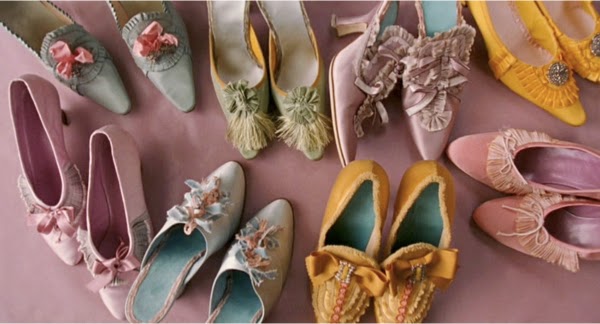
The relationship between theatrical costume design and fashion is a long-standing and largely harmonious one – two unique, strange, and glorious intertwined industries.
Showcasing goods and ideas via cinema is hugely valuable to many businesses: savvy product placement by Ray-Ban in the 1986 film Top Gun cemented its aviator sunglasses model as one the most iconic and characteristic designs of the 1980s. Additionally, the film played a significant part in the US Navy’s recruitment campaign; in return for access to Navy resources to accommodate the movie, it was allowed to heavily contribute to how the story played out. Furthermore, recruitment stalls were also set up in cinema foyers, catching pumped-up young men leaving screenings.
A recent illustration of the reintroduction of historically-influenced looks into style narratives is Baz Luhrmann’s lavish remake of The Great Gatsby. Audiences were teased for over a year during the build-up to its release in May 2013. The look associated with the era has translated into drop waists and embellishment detailing, for example, being incorporated into many designs. French Connection demonstrated the enduring appeal of the Deco look in its Pearl Queen dress, part of the collection introducing the brand’s premium line in 2012. One of the main reasons costume plays such a huge role in Luhrmann’s extravagant productions is his partnership with designer Catherine Martin, whom he married in 1997.
Sophia Coppola’s 2006 pastel-coloured Marie Antoinette starring Kirsten Dunst featured shoes designed specifically for the production by Manolo Blahnik – a theme then reflected in retail pieces. The film also inspired John Galliano’s Dior haute couture S/S 2006 collection. Further designs appeared in a spread for the September 2006 issue of Vogue, photographed by Annie Leibovitz and featuring spectacular haute couture pieces made for the shoot by Oscar de la Renta, Chanel, Balenciaga, Alexander McQueen, and Galliano for Dior.
One of the biggest contributions to women’s fashion is the little black dress (LBD) – first introduced in 1920 by Coco Chanel. Dior’s post-war “New Look” further reinforced the popularity of the style, which then appeared in Hollywood as a signifier for femme fatale characters, or of “fallen” women. The LBD was later attributed to Audrey Hepburn in her role as Holly Golightly in Breakfast at Tiffany’s (1961); her wardrobe was designed by Givenchy, establishing a professional and personal relationship between the actress and designer.
Just two examples – the LBD and aviator sunglasses – have transcended fashion and are squarely placed in popular culture, faithful friends to men and women worldwide. Before Gatsby, Moulin Rouge (2001) prompted an explosion of burlesque and dance pieces, crossing the spectrum of haute couture and fashion houses and cascading into more accessible outlets. In these instances, blending stylised historical features into modern fashion equates to hugely successful and enduring trends worldwide, on a par with simplicity and style that can be applied to every lifestyle aspect.
Emma Pugh

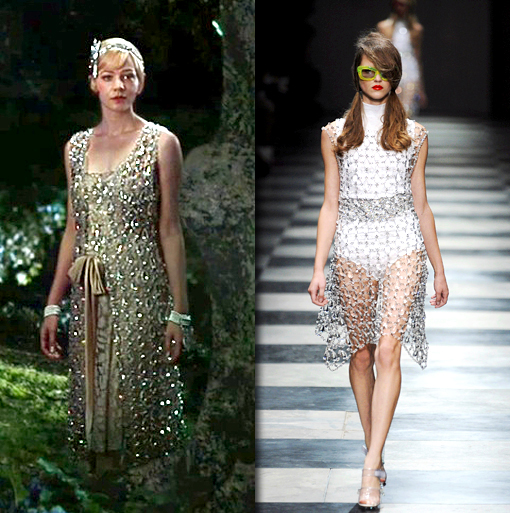
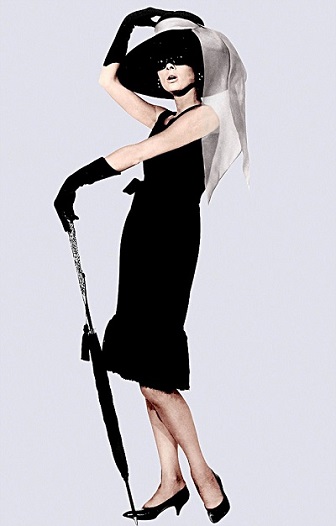
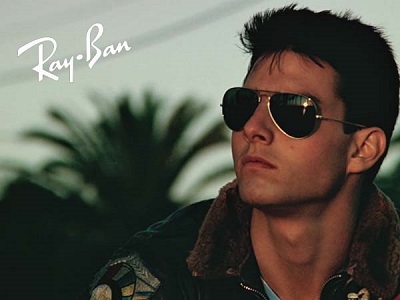

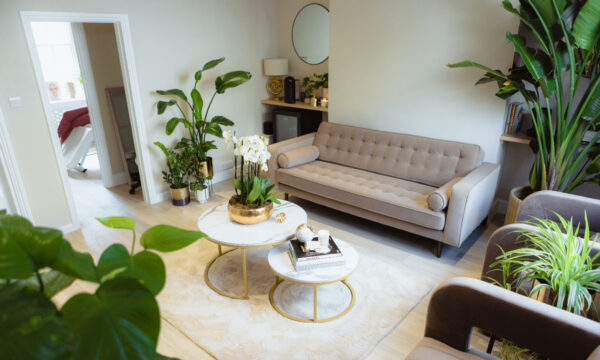
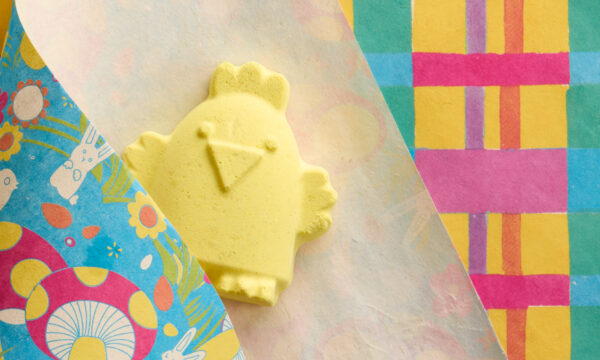
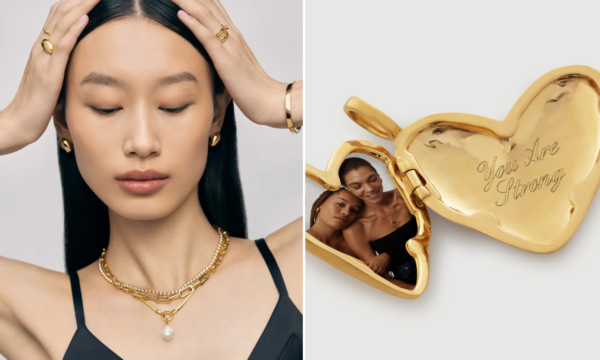
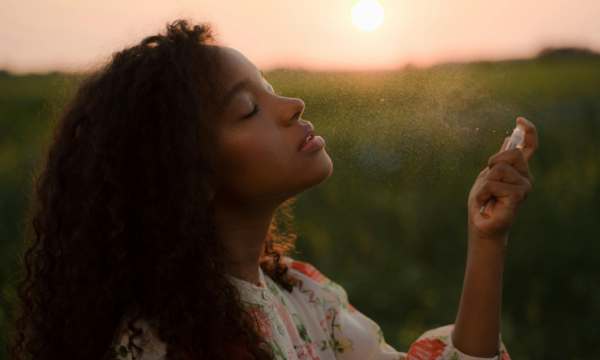

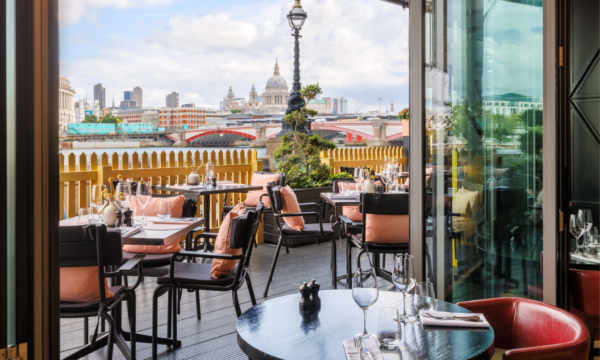
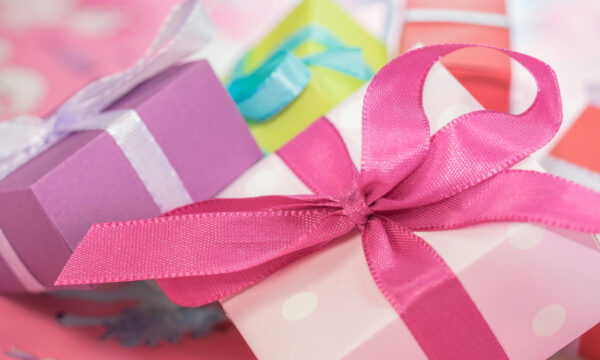
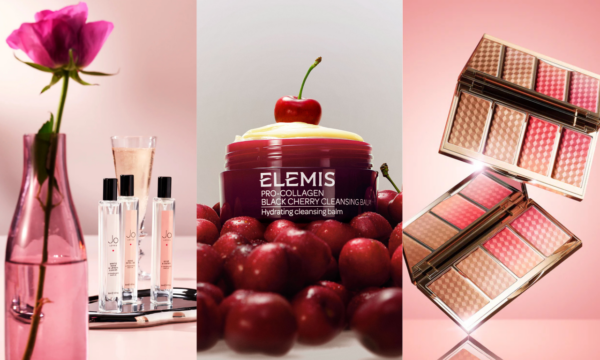














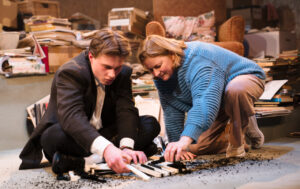
Facebook
Twitter
Instagram
YouTube
RSS